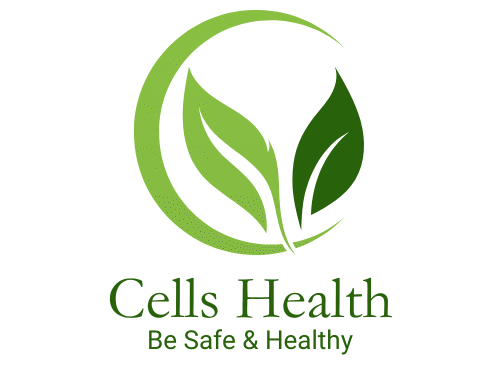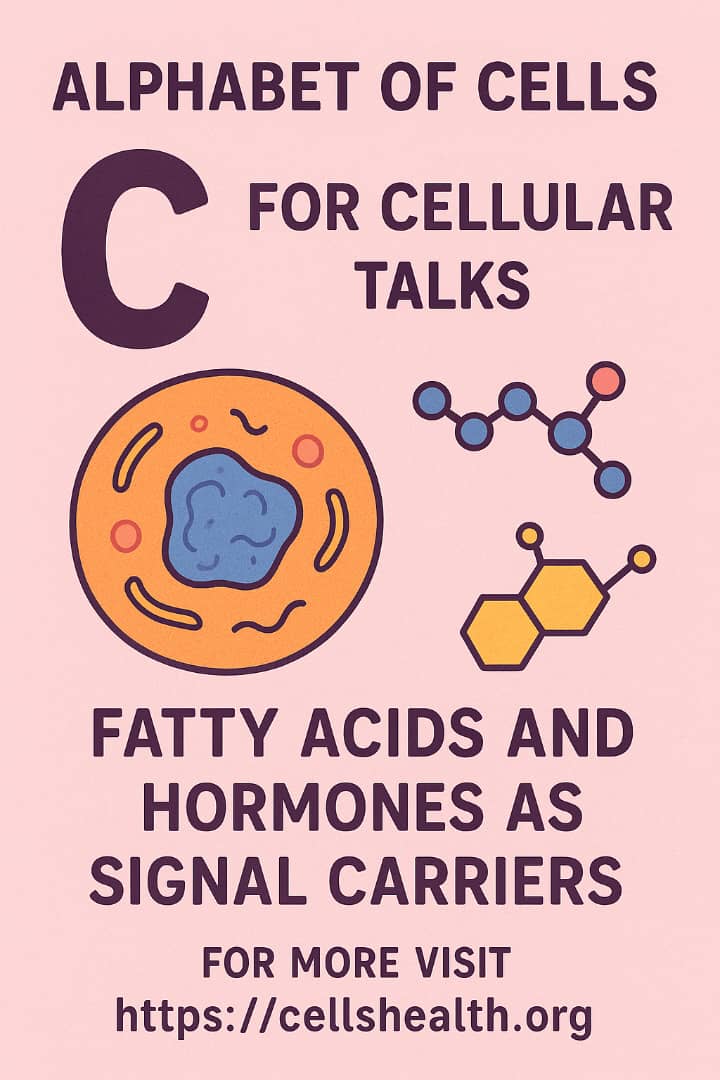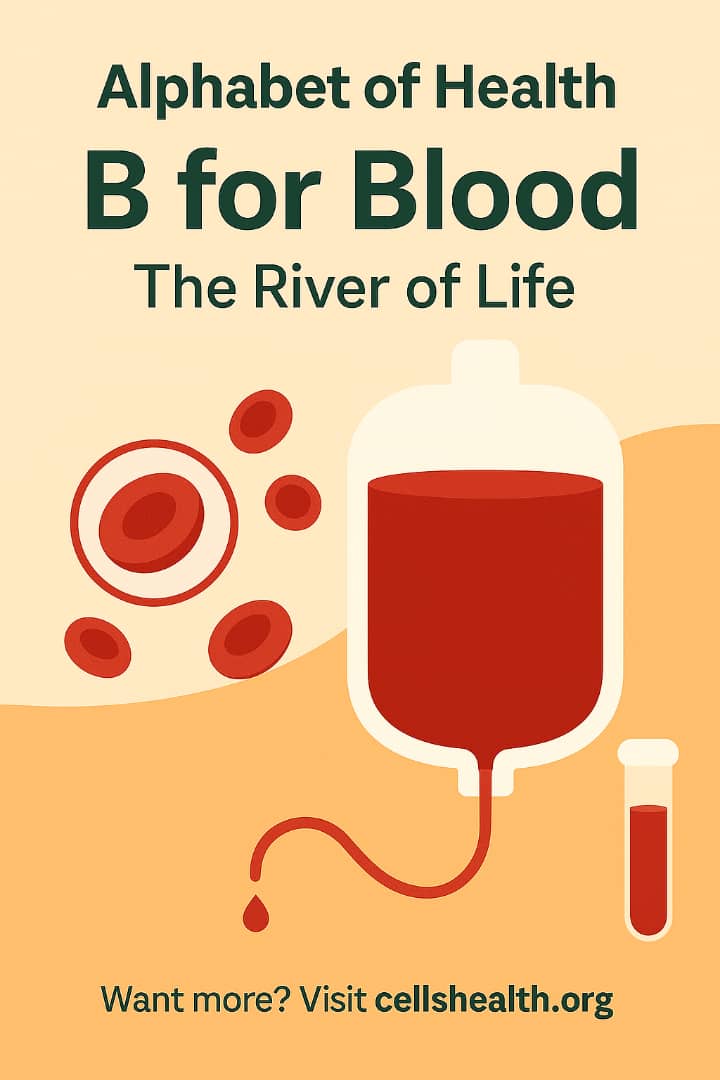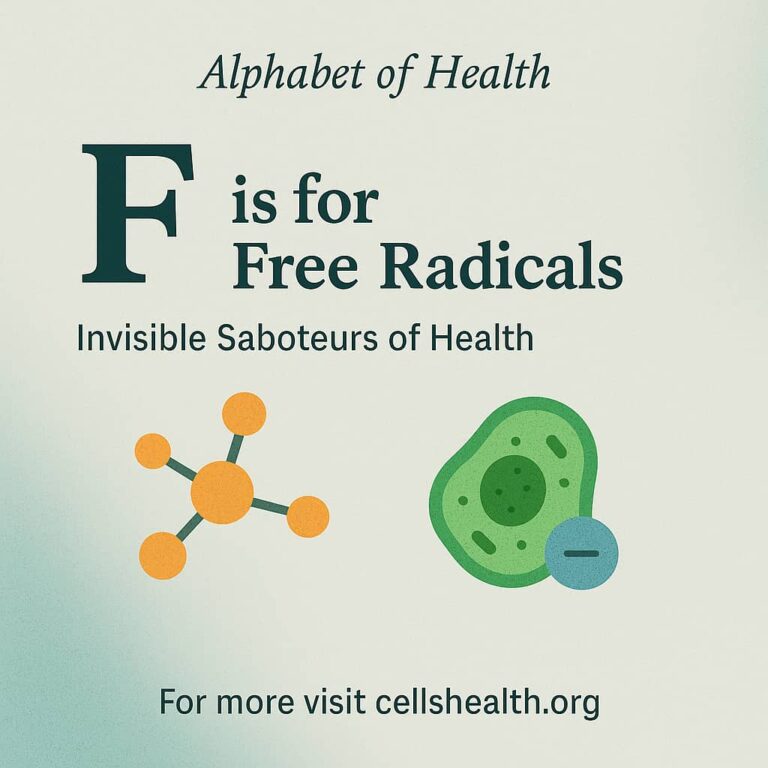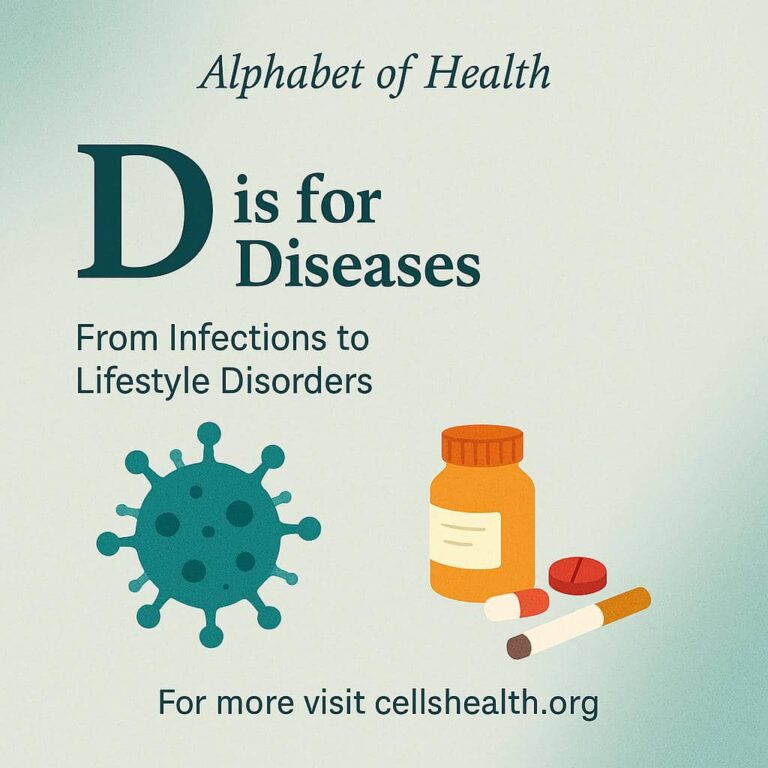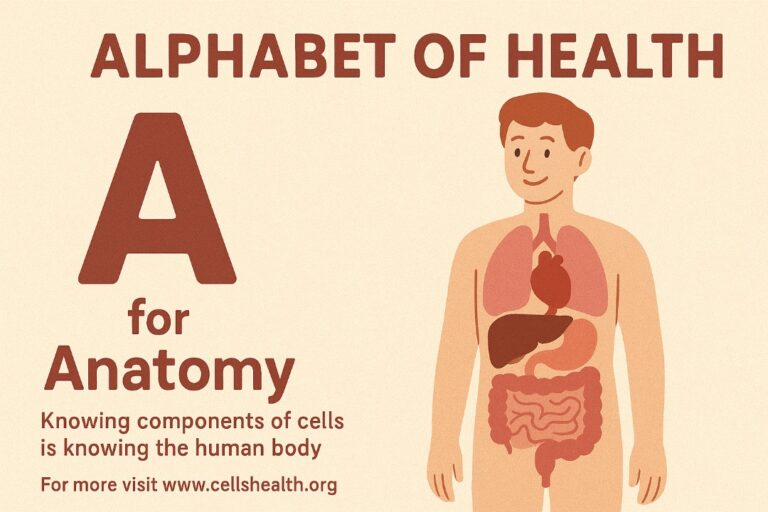C is for Cellular Talk: Fatty Acids and Hormones as Signal Carriers
The language of health is written in fat.
The nervous system use two types of intercellular communication:
- Chemical signaling using hormones
- Autocrine: that acts in the same cell that secreted it, such as in inflammatory response
- Paracrine factor: induces a response in neighboring cells for local intercellular communication
- Endocrine hormone: secreted into extracellular fluid and diffuse in lymph or blood.
Endocrinologists will tell you more and you’ll know that adipose tissue and even bone tissue have endocrine functions.
2. Electrical signaling. When we talk about fats, we often think “energy” or “storage.” But what if I told you some fats are expert communicators?
Yes, your cells talk, and fatty acids help carry the message.
Imagine your body as a smart city, where each cell is a house. Messages are constantly flying, orders, updates, emergency alerts.
Who delivers these critical messages? Surprisingly, it’s not your hormones alone, it’s your fats also.
Particularly, essential fatty acids like omega-3 and omega-6 get converted into powerful chemical messengers. These molecules tell your body what to do:
- Fight inflammation
- Protect cells
- Start healing
- Or sound an alarm when there’s a threat
Science-backed Insight:
Fats aren’t passive, they’re active biochemical agents.
Your cell membranes are built with fatty acids, and they generate eicosanoids and lipid mediators, two categories of molecules that guide cellular behavior.
Omega-6 (like arachidonic acid): Can become inflammatory messengers but useful in short-term healing
Omega-3 (like EPA and DHA): Produce resolvins and protectins, which reduce inflammation and support healing
But here’s the modern danger:
We consume too much omega-6 (found in processed oils, fried food) and too little omega-3 (found in seeds, fish, greens).
This imbalance causes confusion in cellular talk, leading to chronic inflammation, fatigue, and disease.
Ideal Omega-6 to Omega-3 ratio?
Experts suggest a balance between 4:1 to 1:1, but modern diets can reach 20:1 or more.
Too much omega-6? Your cells are constantly shouting.
More omega-3? Your cells calm down and heal faster.
Your cells are talking. What are they saying? Help them speak the right language.
Choose healthy fats:
- Avocados, flaxseeds, chia seeds, walnuts, oily fish (like salmon or sardines)
- Eat dark green leafy veggies—rich in precursors for omega-3
- Avoid fried, hydrogenated, and overprocessed oils
- Use cold-pressed oils like olive, flax, or perilla
Clear cellular communication means a healthier brain, heart, immune system, and smoother aging.
Feed your body the language of wellness. Find the balance with better fats.
Read More on cellshealth.org a platform for wellness, health education, and disease prevention especially for non-communicable diseases.
Share this article to help someone decode the language of fats and feel better, cell by cell.
Be Safe and Healthy
